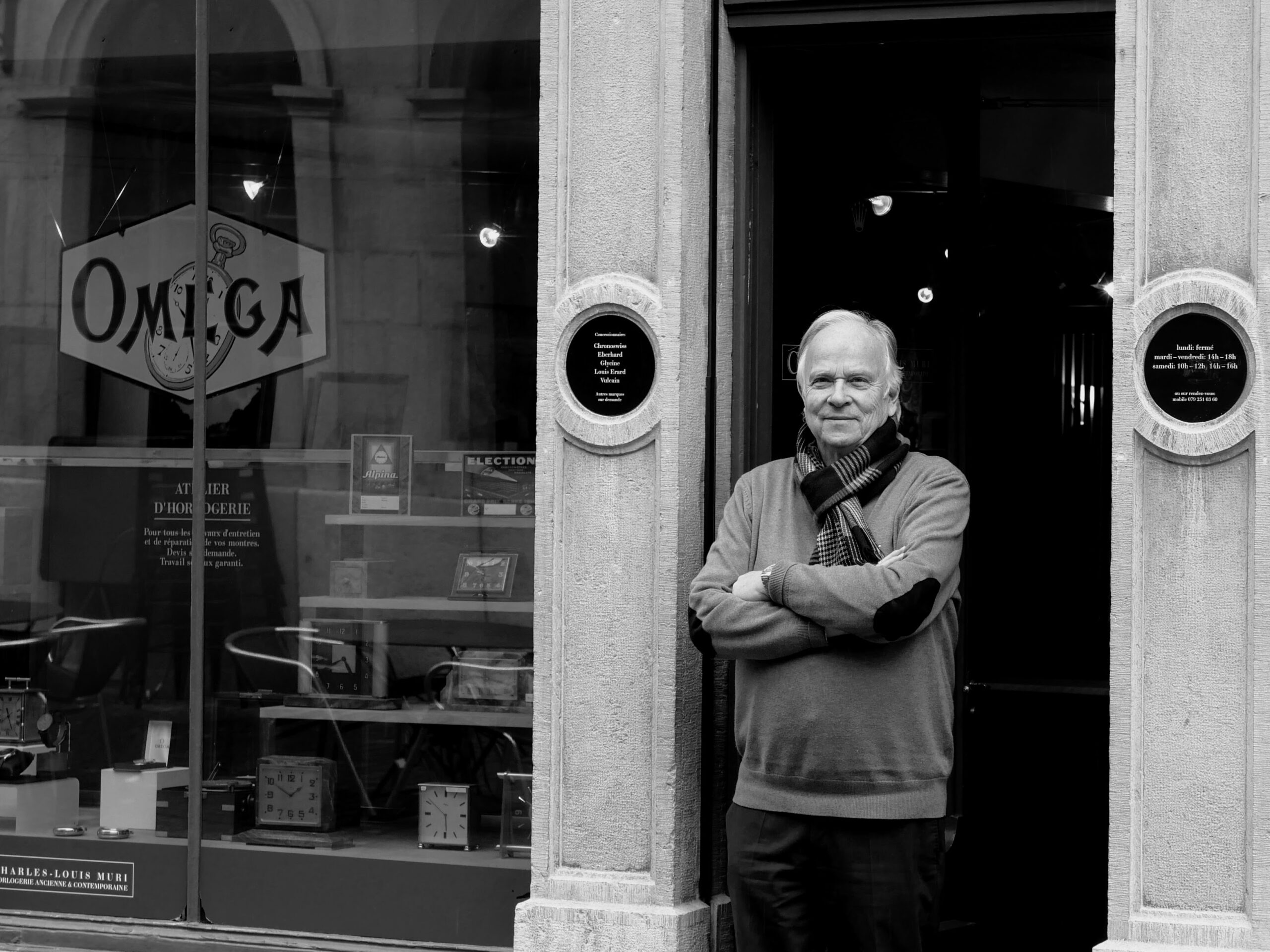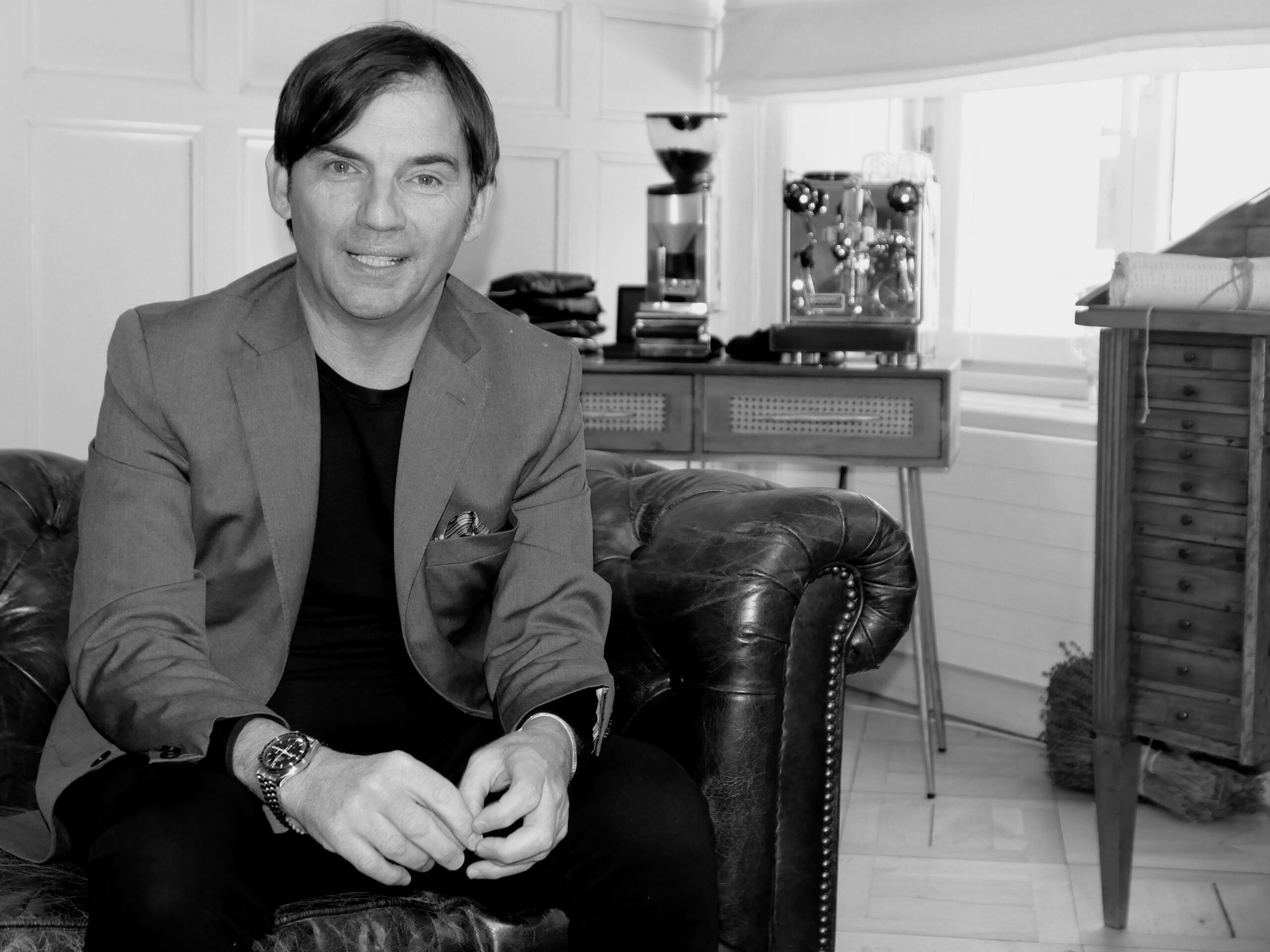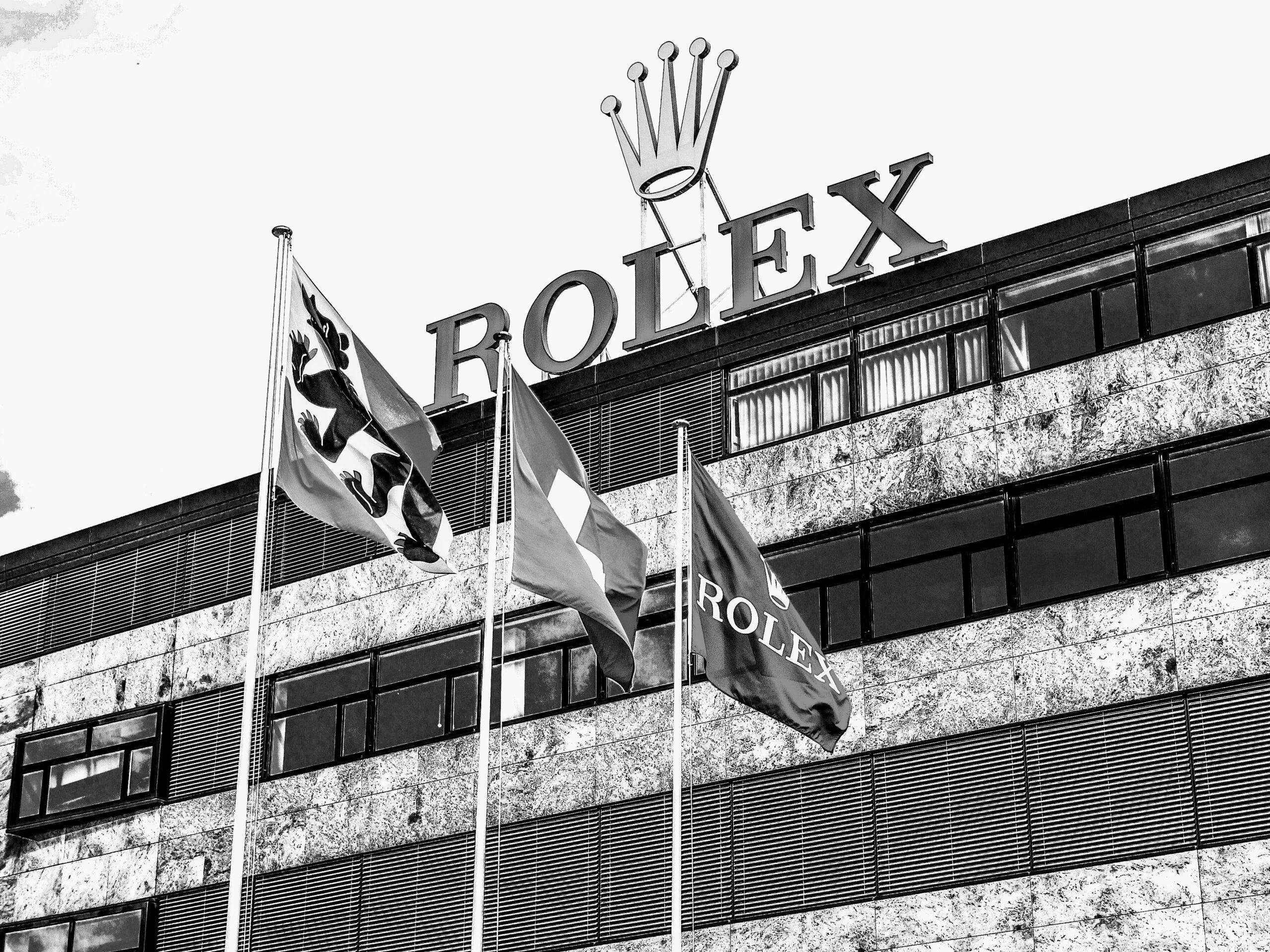
Being the capital of Swiss watchmaking is a title that a few cities can legitimately claim. Geneva, of course, including its suburb Plan-les-Ouates, is home to Rolex and Patek Philippe, the hard-to-dispute champions in their respective categories. It is also where the main industry get-togethers are held, Watches & Wonders and Geneva Watch Days, especially now that Baselworld is out of the picture. More generally, it is the front window, between the boutiques and brand signage above the lake, for Swiss watch companies to the world via one of its most cosmopolitan cities.
There are other candidates of course. La Chaux-de-Fonds, especially when coupled with its neighboring town Le Locle, is an obvious contender. The two cities in the Neuchâtel canton are recognized by UNESCO’s World Heritage Convention for their Watchmaking Town Planning. They host legendary brands such as TAG Heuer, Tissot, Minerva (now Montblanc), Ulysse Nardin, Girard-Perregaux and Vulcain to name a few, as well as the renowned Museum of Watchmaking History.
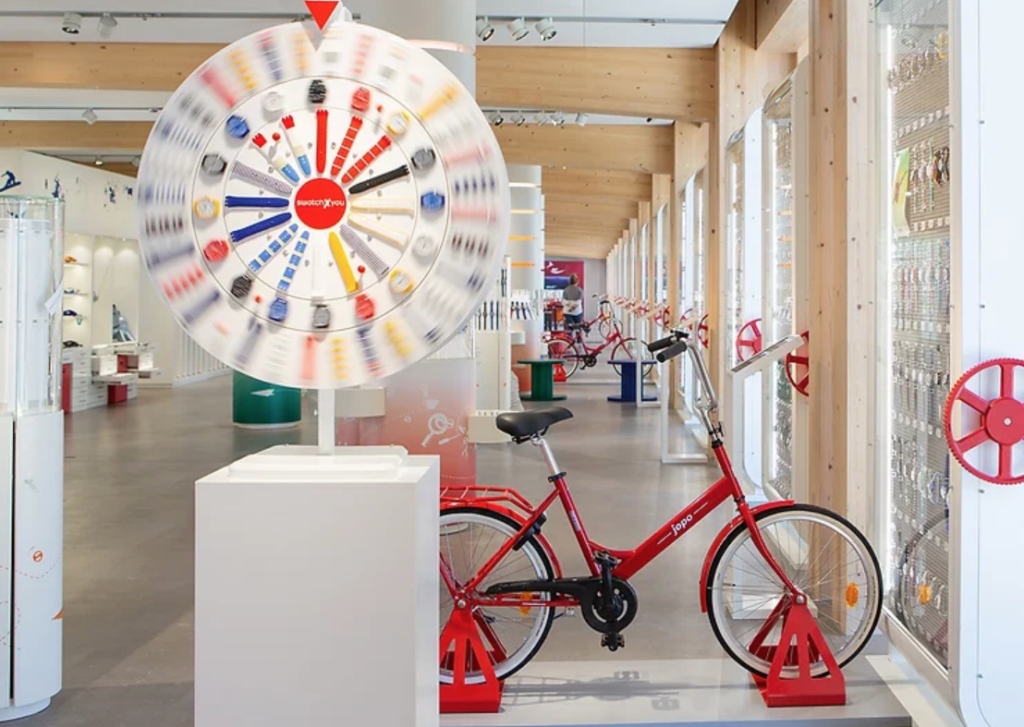
Finally, although not a city but rather an area combining several small towns, the Vallée-de-Joux, where prestigious names such as Breguet, Audemars Piguet, Blancpain and Jaeger-Lecoultre make their watches, is another obvious choice. The air over there is filled with the spirit of horology (and, in the spring, cow dung, a reminder I personally love of the ties between farming and watchmaking) in a way that cannot be found anywhere else. As if time had stopped because everyone is busy crafting it.
And yet… For the 3 reasons below, I am going to explain to you why I still think that if we were to choose just one capital for the Swiss watch industry, well, it may just have to be Bienne.

Home of the 3 Most Famous Watch Brands
Ask anyone in the world to mention a watch brand they know. I mean, normal people, not obsessive watch enthusiasts like many of us. While I have no hard data to prove this, I am pretty sure the 3 names that will come out the most often, the most ubiquitous household brands of watches, will be Rolex, Omega and Swatch. Other brands surely have extremely high level recognition, but really, those 3 are on a level of their own.
Omega was founded in La Chaux-de-Fonds, in 1848, but quickly moved to Bienne, in 1880, where the brand has been established ever since. And by established, I mean their entire organization, both corporate and production, with the exception of their movements, made in Villeret. Omega rapidly becoming such a large player at the beginning of the 20th century, it played an essential part in attracting other brands and suppliers of the watch industry to Bienne. The Omega museum, one of the best watch museums out there, is also in Bienne.

Swatch has always been in Bienne, ever since it was founded, officially in 1983. Beyond being probably the most famous watch brand in the world, Swatch played an absolutely critical role in restoring the Swiss watch industry after the “quartz crisis” during which Japanese companies had swallowed its market share. The brand is now hosted in the picturesque “snake” building designed by renowned Japanese architect Shigeru Ban, right next to Omega. It also has its own museum, Planet Swatch, and a boutique, designed as a Drive-Thru.
Last but note least, Rolex. You may wonder: didn’t I just write that Rolex’s home is in Geneva? Well, yes, that’s where its headquarters are. But Rolex’s largest production site is right here, in Bienne, where all of its movements have always been manufactured. Rolex is actually the largest employer in the city, with an estimated 3,000 people working on its expanding site. Finally, Bienne is actually where the first Rolex watches were made, about 115 years ago. Oh and one more thing: while Rolex doesn’t have a museum, the largest publicly available Rolex collection is also here in Bienne.
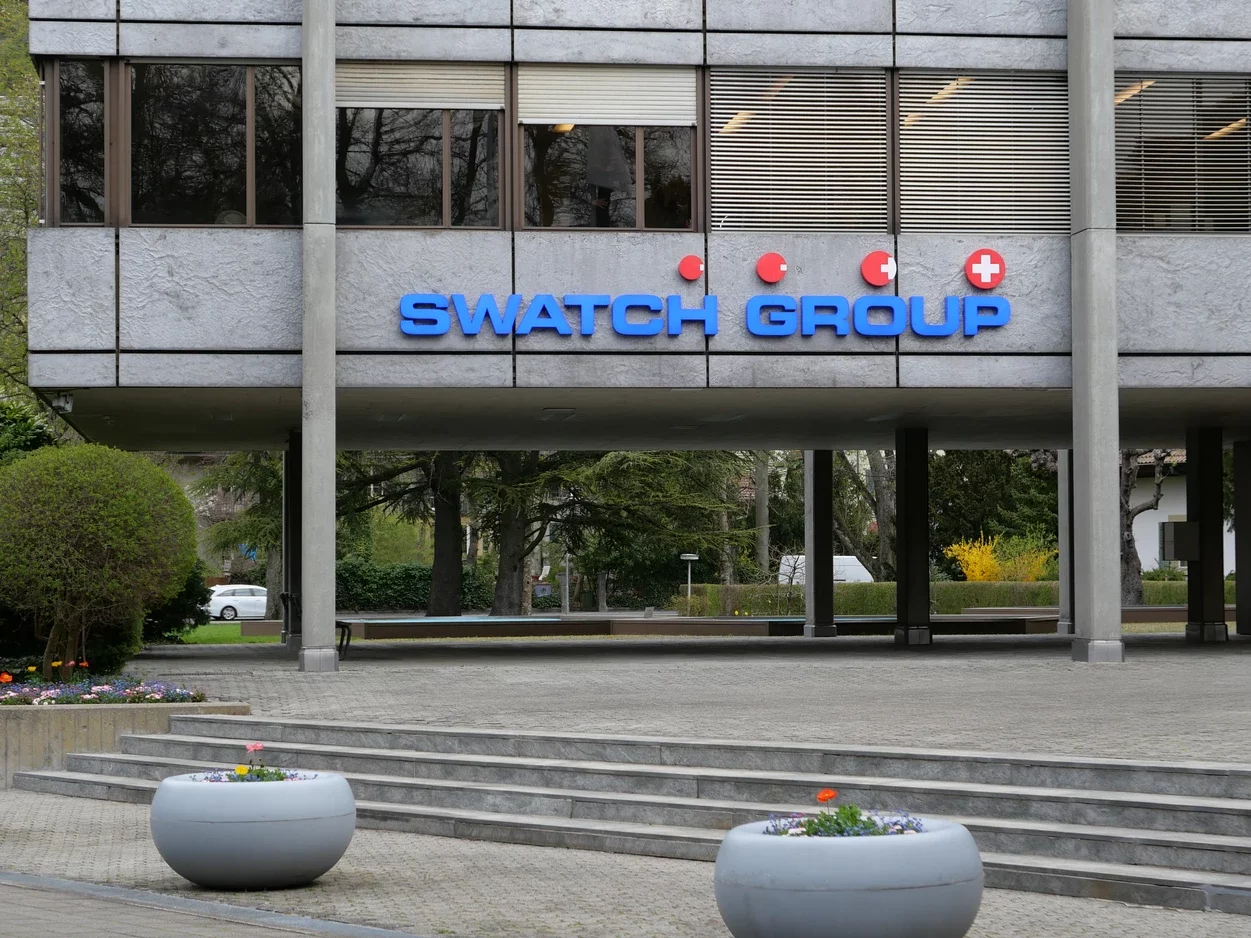
Home of the Leading Watch Group
There is usually nothing spectacular about corporate offices of holding entities, and Swatch Group’s rather austere buildings near Lake Bienne are no exception (aside from the pirate flag hanging outside the CEO’s office!). That does not make it any less of a powerhouse: with about $7.5 Bn in revenue, Swatch Group is the number 1 watch group in the world. Founded by Nicolas G. Hayek in 1983 through the merger of the heavily declining SSIH and ASUAG groups, and effectively saving back then the Swiss watch industry, it comprises 17 brands. Among them, Swatch, of course, but also Omega, Longines, Tissot, Rado and Hamilton. The company also owns some of the most strategic players in the watch industry supply chain, including its leading movement manufacturer, ETA.

3. Home of the Federation of the Swiss Watch Industry (FH)
While the FH offices display a lovely clock over a street parallel to the train station, its facilities are, rightly so, nowhere as impressive as any of the brands listed above. That said, its presence in Bienne is a strong indicator of the city’s strategic importance in the Swiss watchmaking landscape. The FH, which stands for Fédération Horlogère in French, is the industry organization behind the “Swiss Made” label. While the label itself is regulated by the government, the FH acts as an activist and watchguard around it on behalf of its 500 members. The FH also publishes the Swiss Watch Export data that is often quoted in industry reports around the globe.
Still not convinced? Maybe I should add that Bienne is also home to many other beloved brands, including Hermès, Hamilton, Certina, Norqain, Horage and Armin Strom. Finally, the Explore Bienne section of this blog is full of tips about places to visit that will hopefully convince you that you truly are in the Swiss capital of watchmaking!


